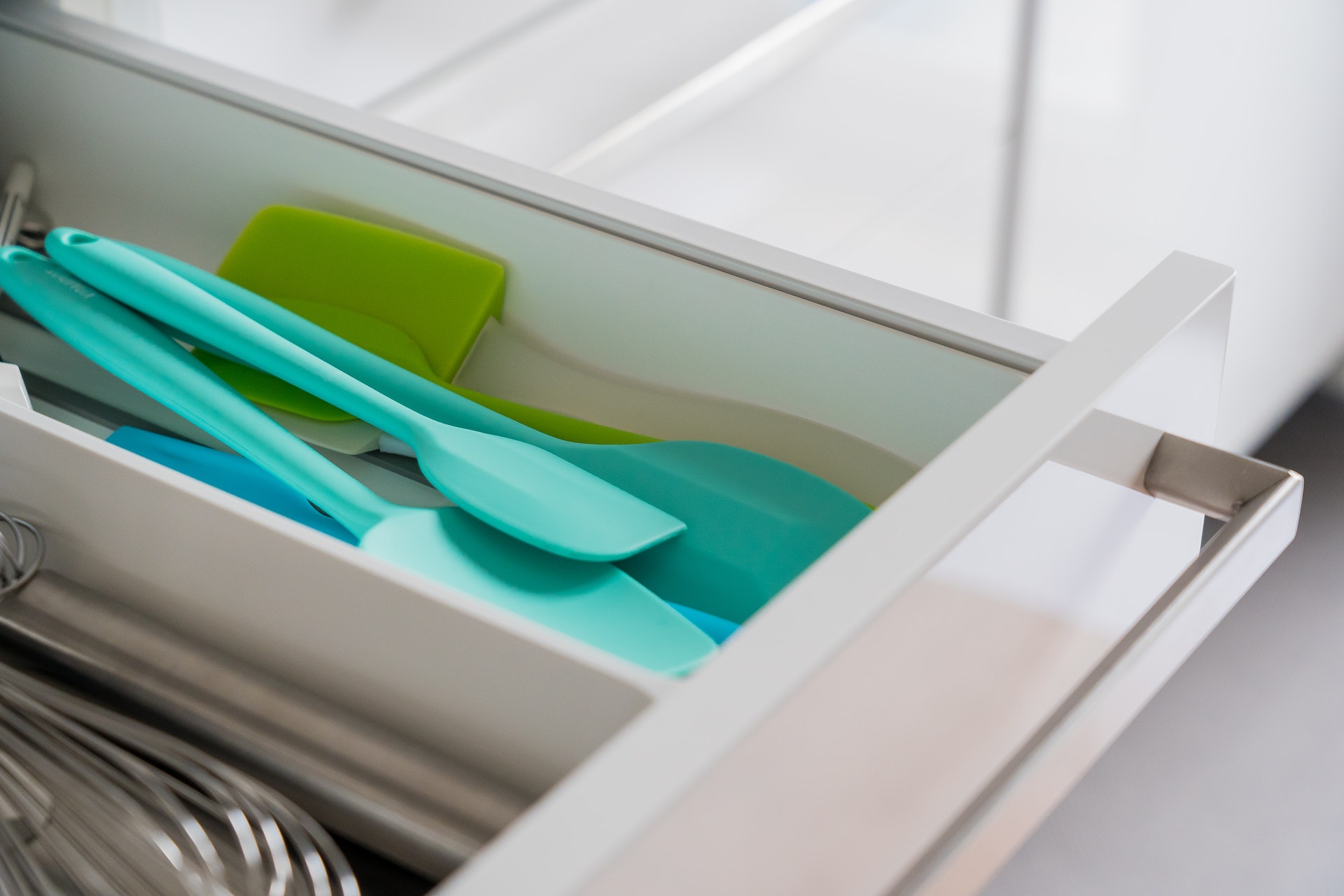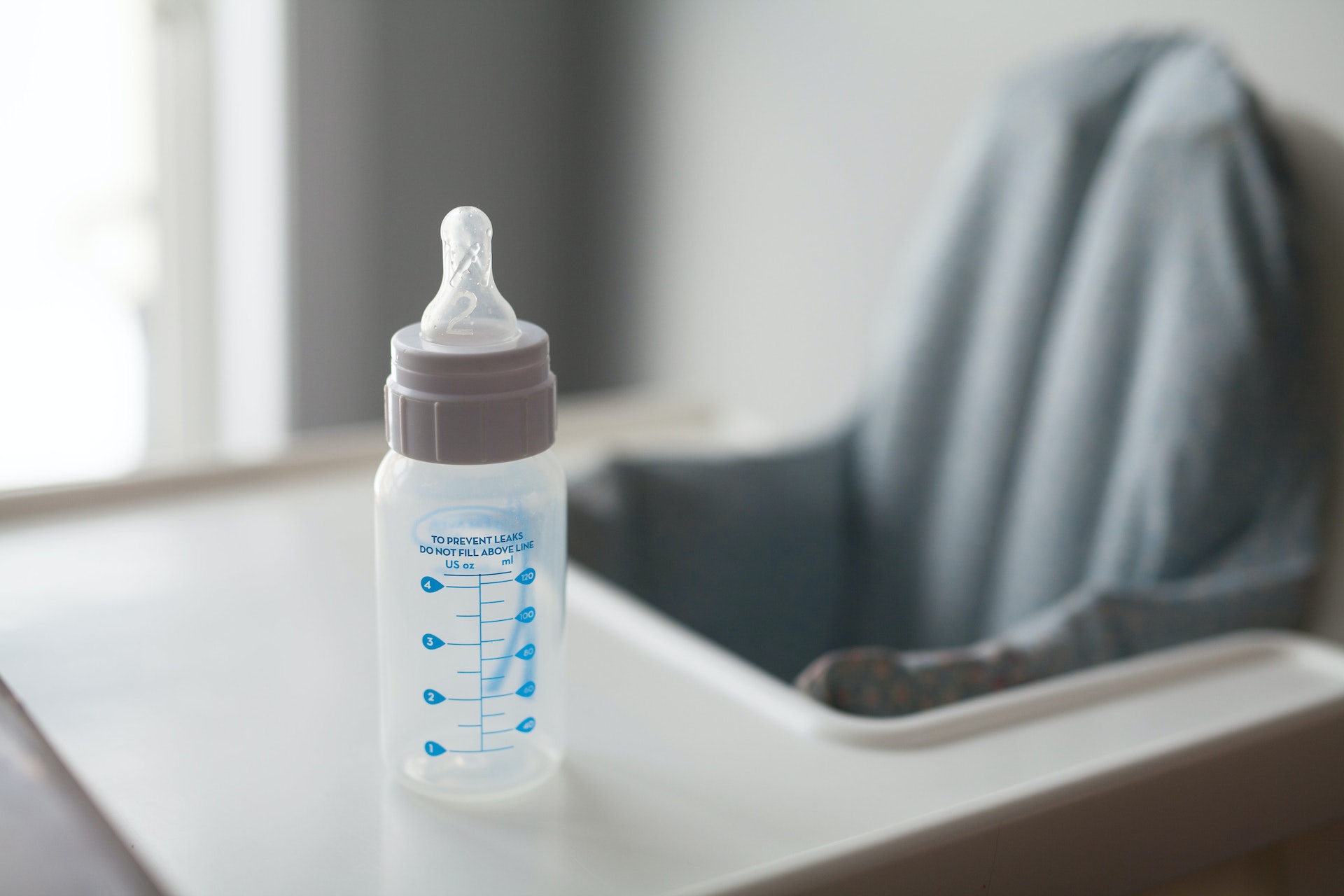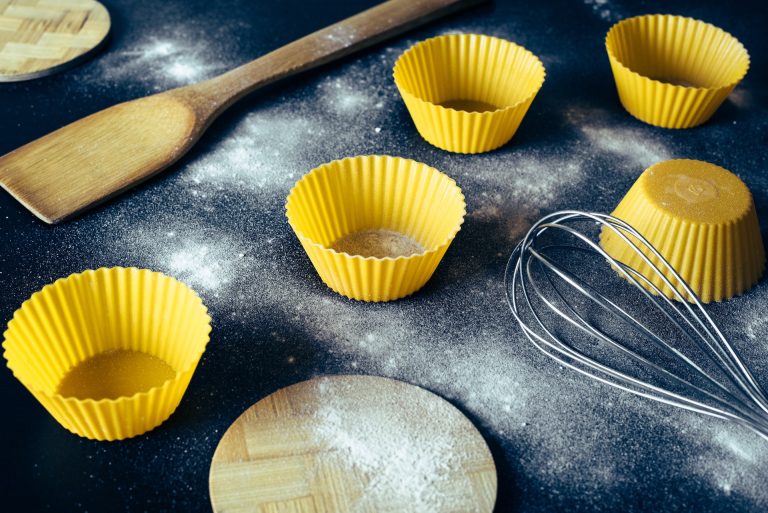Living a sustainable life has become a noble aspiration in many households today. Single-use utensils are gradually being replaced by reusable and compostable alternatives that keep waste materials out of the ecosystem that would otherwise take hundreds of years to decompose.
Since plastic, invented in 1798, became recognized as a serious waste issue in the 1980s, people are increasingly reverting back to the basics – stainless steel, wood and glass. However, none of them have the convenient lightweight, flexible stretchiness that plastics offer. Is there a material that is as practical as plastic but not as harmful to the environment? Silicone seems to be the answer.
While silicone has many advantages similar to plastic, we should also examine its effects on the environment and human health in order to use it safely at home.
What is silicone?
Silicone is often thought of as a more sustainable option because it contains silica, a material derived from sand. But while its composition is certainly more natural than plastic, it also contains synthetic additives and chemicals derived from fossil fuels. Nevertheless, its manufacture does not use toxic chemicals such as phthalates, which are often present in its plastic counterparts.

Among silicone’s convenient properties is its resistance to extreme temperatures, as it has an operating range of -100°F to 430°F that makes it both freezer-safe and oven-safe. It is also more durable than plastic, extending the useful lifespan of heavy-use items.
Success
You are now signed up for our newsletter
Success
Check your email to complete sign up
Silicone has a wide range of uses, from essentials for infants, to toys, cookware and baking products. It is easy to clean, stain resistant, non-stick, and can be shaped into virtually anything from soft, translucent snack bags to tough kitchen utensils.
Unfortunately, some studies have revealed that this versatile material may not be completely safe in some cases.
When is silicone unsafe?
The main risk of using silicone is its possible release of siloxanes, the backbone of its chemical structure. Siloxanes are considered potential carcinogens as well as endocrine and fertility disruptors.
The release of these compounds was detected in two different studies. The first study, published in the National Library of Medicine in 2012, exposed milk, infant formula and liquid simulants (solutions of ethanol in water) to silicone nipples and silicone bakeware. No siloxanes were detected in milk or infant formula after six hours, indicating limited migration to these two fluids. The simulants, however, were left exposed to silicone for a longer time – 72 hours – after which several types of siloxanes were detected, although not in very high concentrations.

The second study, published in the same journal in 2010, concluded that when a meatloaf was cooked in a silicone mold, siloxane migration increased, and that siloxane leaching decreased after multiple uses of the same silicone container. In contrast, dairy foods cooked in silicone had very low or no detectable siloxane migration, regardless of fat content.
Although further research is needed to understand when silicone is prone to release siloxanes, a popular recommendation is to limit its use at very high temperatures – especially with oily foods – whenever possible.
As for its impact on the environment, silicone does not biodegrade or decompose. Its recycling requires particular procedures that can only be carried out in specialized facilities. When down-cycled, silicone is converted into oil used as an industrial lubricant.
Making the most of silicone
Despite its potential health and environmental hazards, silicone is, after all, a better option than plastic. Used as seals or insulants, or for items such as oven mitts, pot holders or splatter guards, silicone is safe, durable and cost-effective.
If used directly for food, it is important to ensure that the silicone is of high quality, food or clinical grade, and does not contain fillers. A good way to check for fillers is to pinch the silicon surface anywhere, and if any white shows through, it means fillers have been used. High quality silicone will not impart any odor to food – as some fillers may do – and will be less likely to leach chemicals.

Using good silicone products is not only practical, it is also considered very hygienic. The enduring, smooth surface of silicone does not facilitate the accumulation of microbial bacteria that easily-scratchable plastic can invite.
As with everything in life, there are advantages and disadvantages to consider about using silicone. While materials such as glass, stainless steel and wood or bamboo are a more sustainable option, the practical properties of silicone are far greater than its potential problems. So, if silicone can save you time and money, do not hesitate to choose it. Used responsibly, it can help reduce waste without endangering your health.















